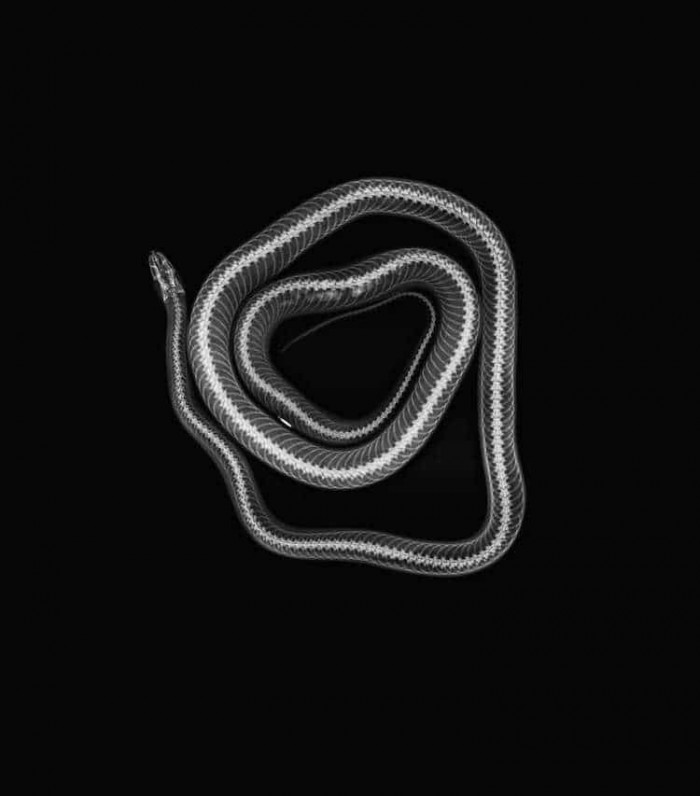These X-Rays Of Zoo Animals Are Strange Yet Fascinating
It's typical for us to see the X-rays of humans and pets. But have you ever wondered what you would see inside zoo animals?
Lucky for us curious people, the ZSL London Zoo decided to release these images. These X-rays were taken during the regular check-ups of the zoo animals.
According to Heather Macintosh, a veterinary nurse at the zoo, they can detect many aspects of an animal's health by examining the X-rays. The team surveyed snakes, turtles, geckos, and armadillos.
Macintosh particularly enjoyed observing the snakes on X-ray. The 200 to 400 vertebrae of these creatures are a captivating sight.
Large hairy armadillo (Chaetophractus villosus)
The X-ray of a large hairy armadillo.
These armadillos are primarily nocturnal. Their ability to burrow for shelter comes from their tough forelegs and sharp front claws.
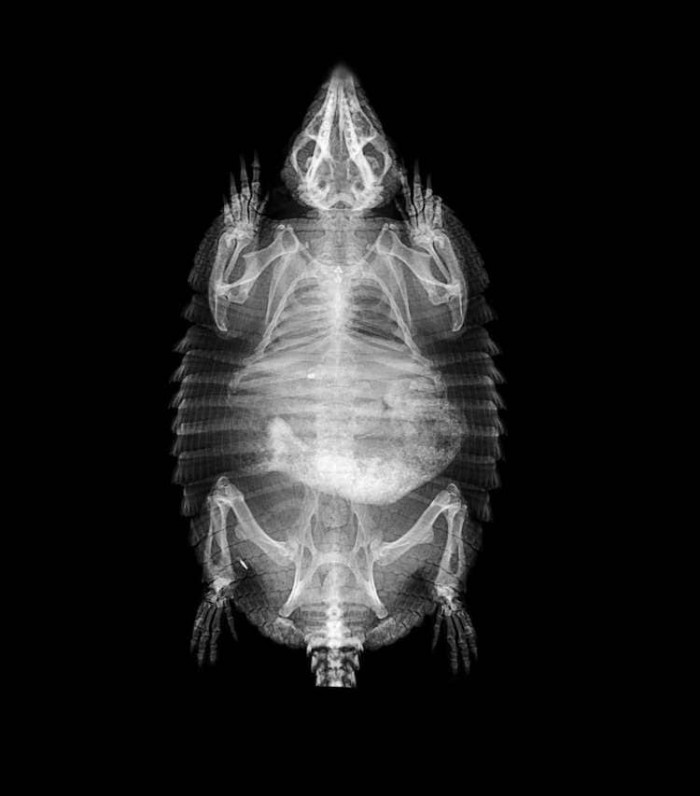
Gila monster (Heloderma suspectum)
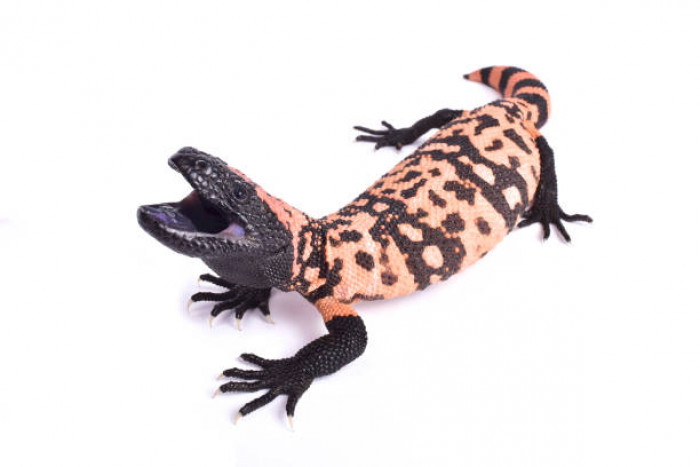
The X-ray of a Gila monster.
The Gila monster is a venomous lizard. It is native to the southwestern part of the USA and the northwestern part of Mexico.
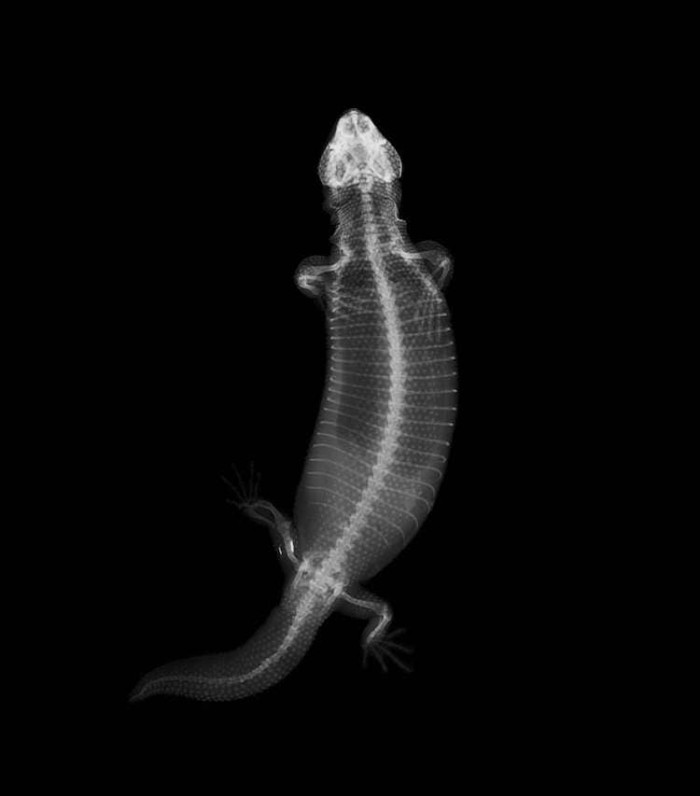
Tokay gecko (Gekko gecko)
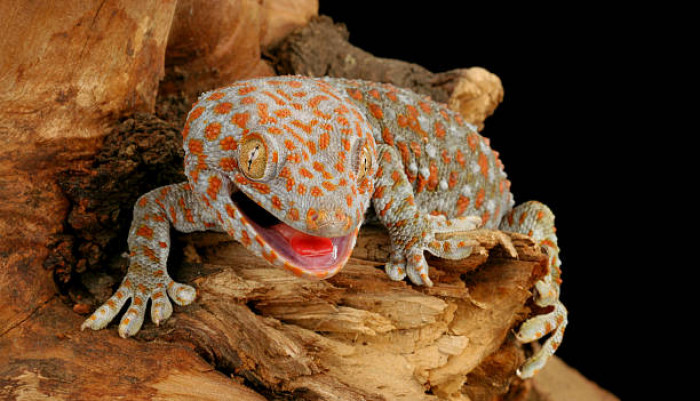
The X-ray of a tokay gecko.
This nocturnal reptile inhabits the cliffs and trees of rainforests. The male gecko is territorial and will typically attack intruders.

Big-headed turtle (Platysternon megacephalum)

The X-ray of a big-headed turtle.
This creature is native to southern China and Southeast Asia. Although it is critically endangered, it is still consumed as food.
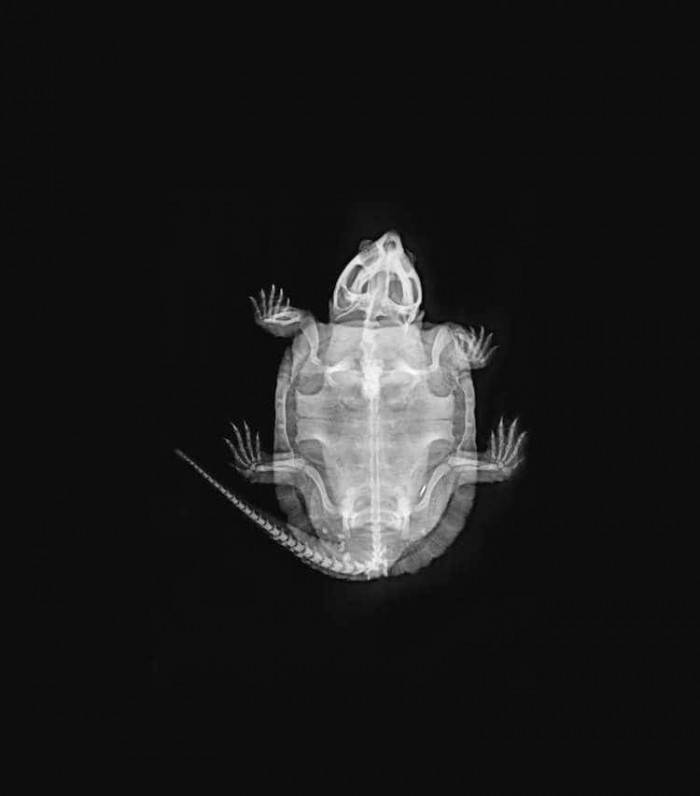
Corn snake (Pantherophis guttatus)

The X-ray of a corn snake.
Corn snakes are typically kept as pets because they are easy to care for and docile. They are famous for their beautiful colors and skin patterns.
